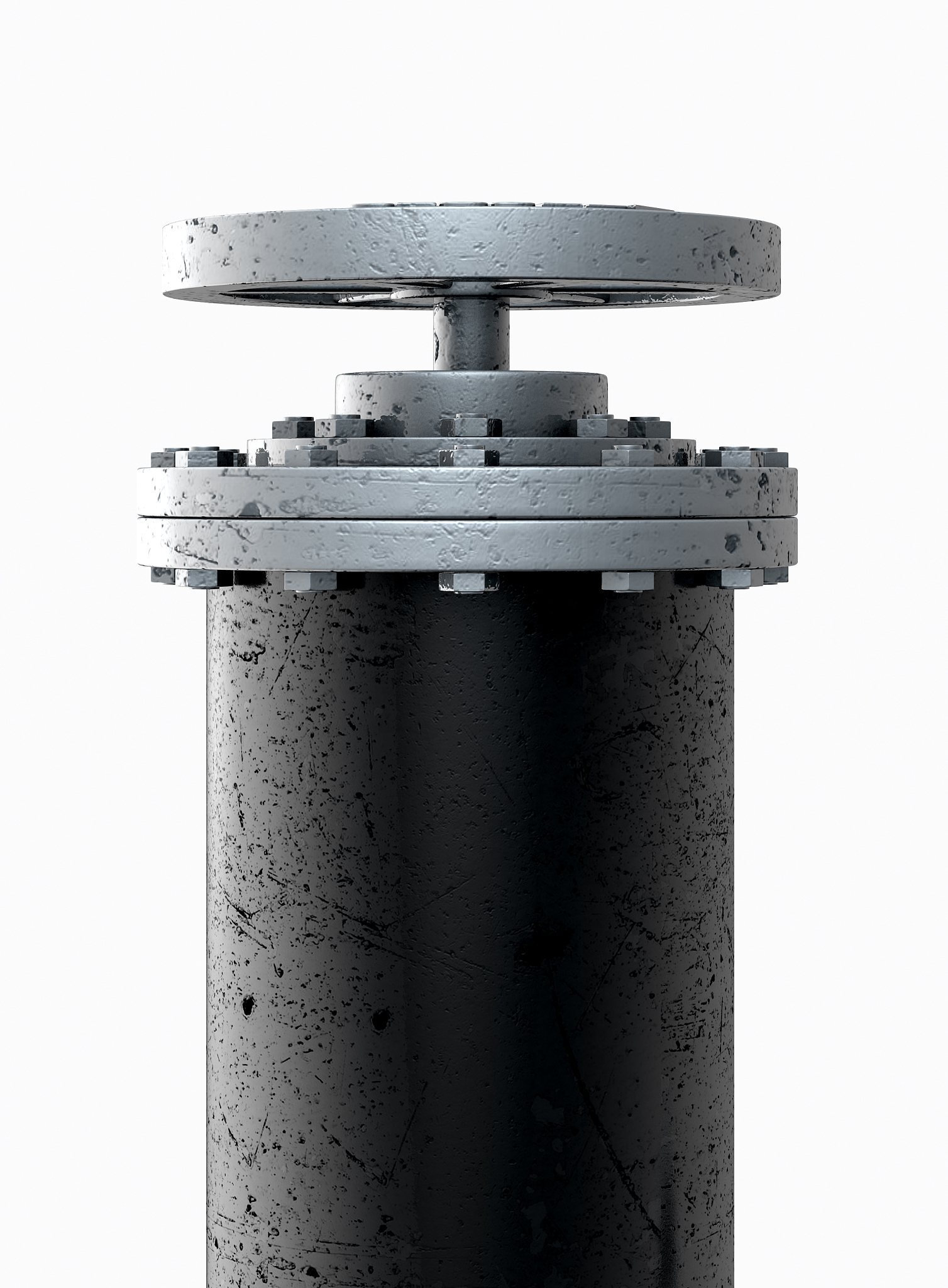帮我用专业英语翻译以下句子:三峡工程成库蓄水后库区的水位抬升、水域扩大。库区水位在145m-175m调度运行时水位变幅高达30m而在库区峡谷河段使用的传统航标主要是以绝壁平台标为主平台较简易维护难度大其中在低水位时需要人工进行航标移位而钢爬梯使用年限久易生锈损坏因此维护人员存在极大安全风险等问题为改善库区峡谷河段航标维护难题自适应水位航标装置应运而生同时随着库区水位抬升航道条件改善船舶流量增加船舶
After the Three Gorges Dam began to impound water, the water level and surface area of the reservoir increased. The water level in the reservoir can fluctuate up to 30 meters when operated between 145m and 175m, and traditional navigation marks used in the canyon section of the reservoir are mainly based on cliff platforms, which are simple in design but difficult to maintain. During low water levels, manual relocation of the navigation marks is required, and the steel climbing ladder has a long service life but is prone to rust and damage, posing great safety risks to maintenance personnel. To address the difficult maintenance of navigation marks in the canyon section of the reservoir, the adaptive water level navigation mark device was developed. However, as the water level in the reservoir rises, the navigational conditions improve, ship traffic increases, ships become larger, and environmental loads such as wind waves, ship waves, and canyon winds become extremely complex, posing a significant challenge to the safe operation of the adaptive water level navigation mark device. Therefore, conducting motion response analysis of the adaptive water level navigation mark device under complex environmental loads and exploring the force laws of the navigation mark structure have significant theoretical and practical value in ensuring the long-term safe and stable operation and promotion of the navigation mark device.
This paper focuses on the adaptive water level navigation mark device and uses three-dimensional potential flow theory and hydrodynamic software ANSYS/AQWA to conduct numerical simulations to explore the motion response and force characteristics of the adaptive water level navigation mark device under complex environmental load conditions. The main work and achievements of this paper are as follows: (1) A systematic analysis of the hydrological conditions of the navigation facilities in the reservoir, as well as the composition, characteristics, and adaptability of the adaptive water level navigation mark device. (2) The hydrodynamic analysis model of the adaptive water level navigation mark device was established using the AQWA-LINE module. Frequency domain analysis of the hydrodynamic performance of the navigation mark device was conducted, and hydrodynamic characteristic parameters such as the RAO, added mass, radiation damping, first-order wave force, and second-order wave force were calculated. (3) Based on the results of frequency domain analysis, time domain analysis of the adaptive water level navigation mark device under single regular waves and pure flow was conducted. The results showed that the motion amplitudes of the navigation mark device in roll, pitch, and yaw directions were small, and the force on each guiding unit was extremely unbalanced, leading to a summary of the force form of the guiding unit. (4) Time domain analysis of the adaptive water level navigation mark device was conducted under complex environmental loads, and the influence of environmental variables such as wave height, water depth, and flow velocity on the motion response and force characteristics of the navigation mark device was studied. The results showed that the environmental water depth had a small impact on the motion response and force characteristics of the navigation mark device. Meanwhile, the motion response and force characteristics of the navigation mark device were more sensitive to changes in wave height. As the wave height increased, the motion response and force of the device also increased significantly. Due to the interaction between wind and flow loads and the structure, the motion response in all directions of the device was better under wind wave and flow loads than under wave-flow coupling.

原文地址: https://www.cveoy.top/t/topic/bqZN 著作权归作者所有。请勿转载和采集!